What is Perseid meteor shower? NASA explains
The Perseid meteor shower is special because it has the most amazing fireballs. Fireballs are big bursts of light and color that last longer than a regular shooting star.
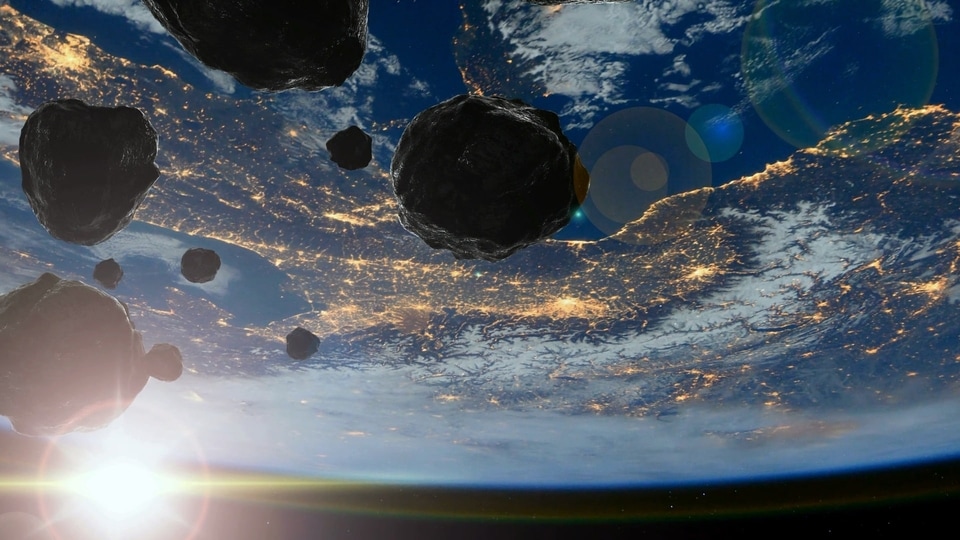
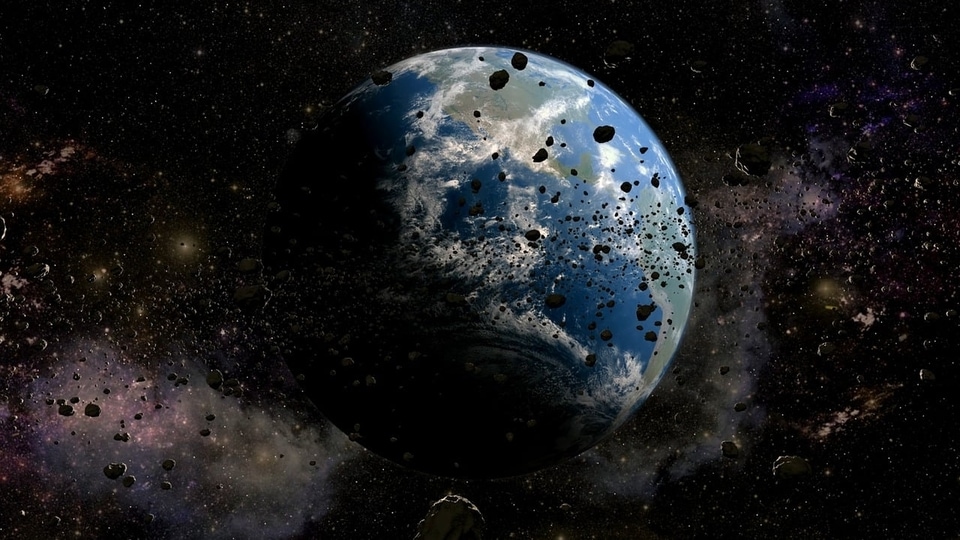

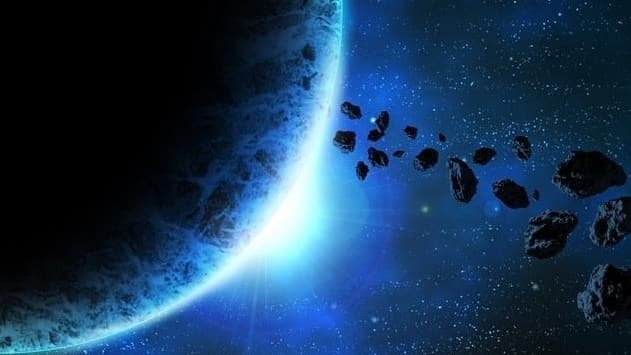
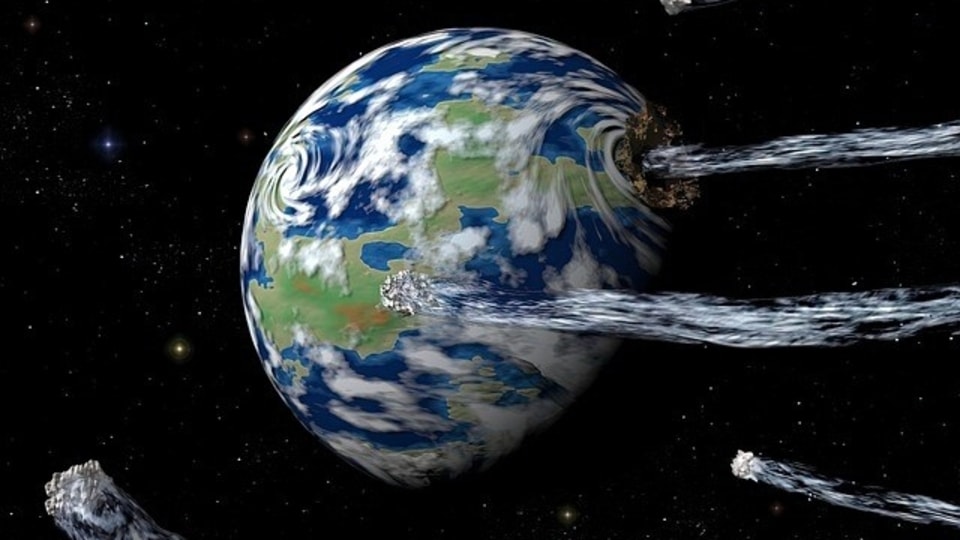
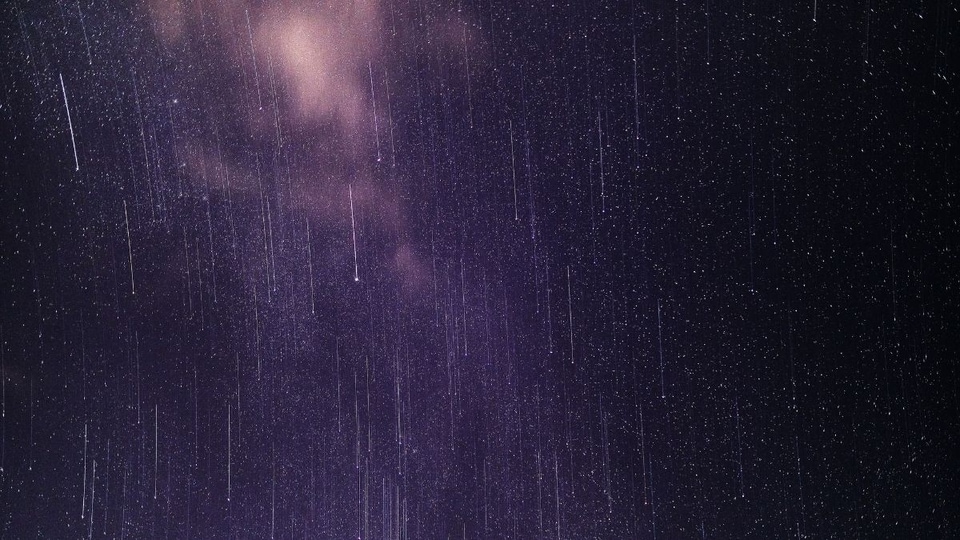
 View all Images
View all ImagesHave you ever seen a streak of shooting stars falling from the sky? It may be one of the most mesmerizing sights you may ever witness. These stars we see are not stars, they are meteors and this phenomenon is called a meteor shower.
According to NASA, a meteor is a space rock that comes into Earth's atmosphere. As it falls, the air makes it really hot because of the friction. The bright streak we see is not the rock itself, but the hot air around it. When many space rocks hit the atmosphere over Earth together, we call it a meteor shower.
What is Perseid meteor shower?
The Perseid meteor shower is the best one of the year and happens in August, according to NASA. These meteors are fast and bright, leaving trails of light and color behind them as they move through the sky. During the Perseids, you can see around 50 to 100 meteors every hour. They usually show up when the weather is warm and the nights are comfortable for watching the sky.
The Perseids are special because they often generate fireballs. Fireballs are big bursts of light and color that last longer than a regular shooting star. This happens because fireballs come from larger pieces of material from comets. They're also brighter and can be seen better, even with a magnitude greater than -3.
If you want to witness the best view of the Perseid meteor shower, you can go to the Northern Hemisphere and look in the sky before sunrise. Sometimes you can start seeing meteors from this shower as early as 10 p.m.
Meteors come from pieces of comets and parts of broken asteroids. When comets go near the Sun, they leave behind dusty paths. Earth goes through these paths every year, and that's when the pieces hit our atmosphere. They burn up and make colorful streaks in the sky.
The Perseid meteor shower comes from bits of debris that come from a comet called 109P/Swift-Tuttle. This comet takes 133 years to go around the Sun once. In 1865, Giovanni Schiaparelli figured out that this comet caused the Perseids. Comet Swift-Tuttle last came close to the inner part of our solar system in 1992. Comet Swift-Tuttle was found by Lewis Swift and Horace Tuttle in 1862. It's a big comet with a core that's 16 miles (26 kilometers) wide. (This is almost twice as big as the object believed to have caused the end of the dinosaurs.)
Catch all the Latest Tech News, Mobile News, Laptop News, Gaming news, Wearables News , How To News, also keep up with us on Whatsapp channel,Twitter, Facebook, Google News, and Instagram. For our latest videos, subscribe to our YouTube channel.































